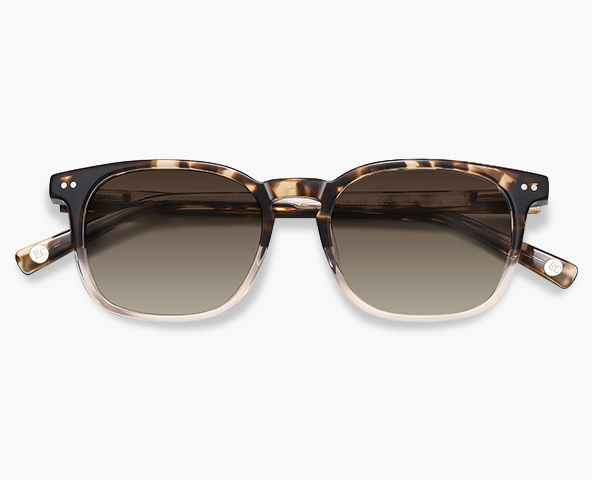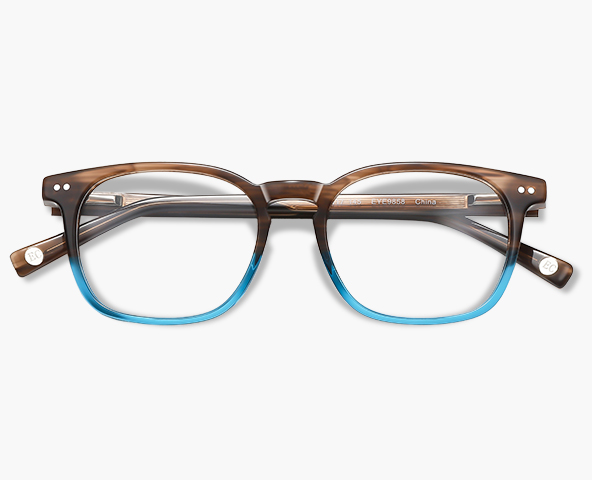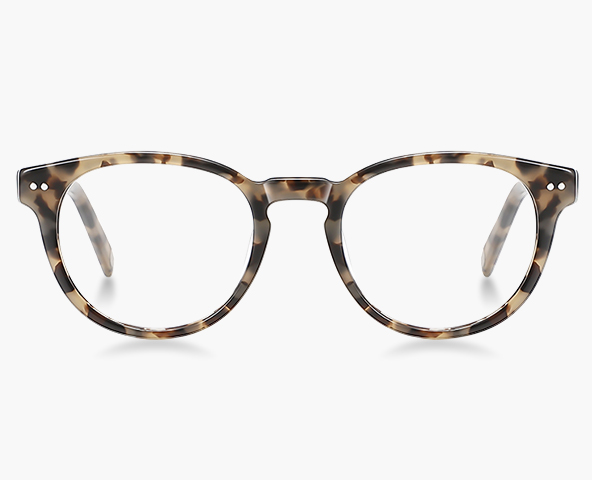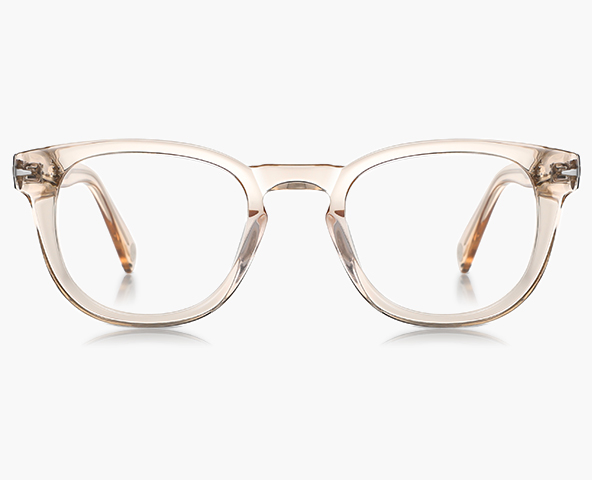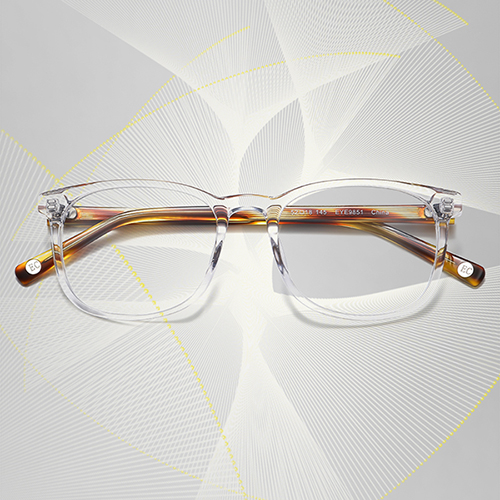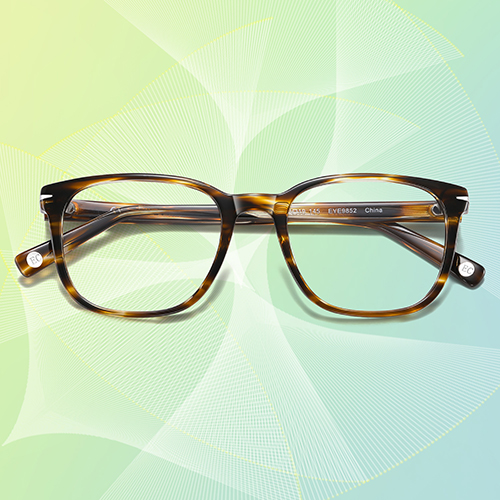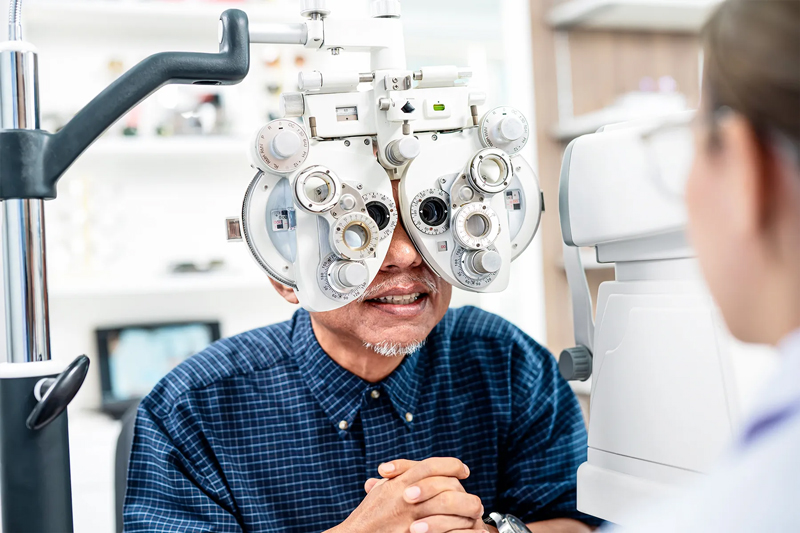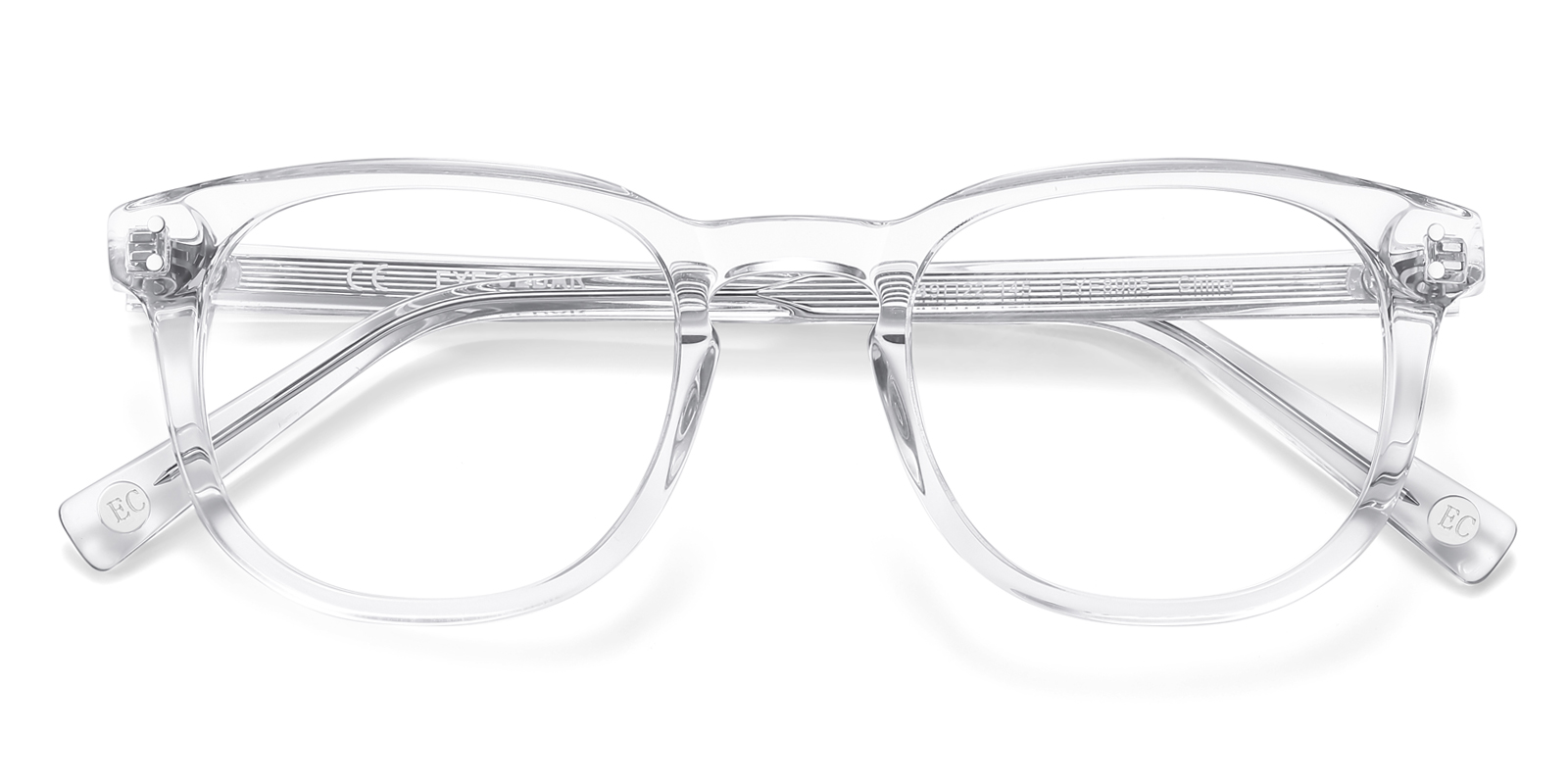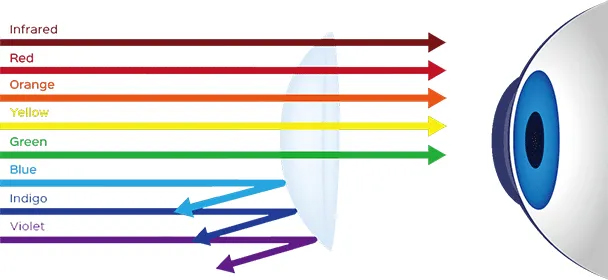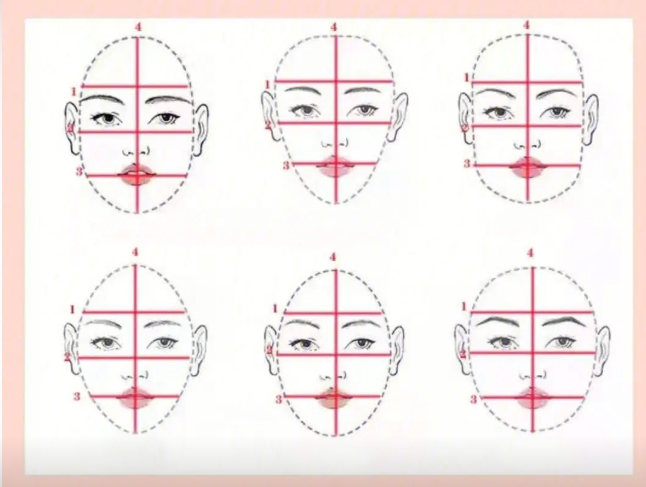Electronic devices have become an indispensable part of daily life, with many joking that mobile phones are "welded" to our hands. However, frequent use of electronics also impacts health, with dry eyes being a common issue. To ensure better vision protection, it’s vital to understand dry eye syndrome. Dry eye, also known as dry eye syndrome, is caused by an unstable tear film due to abnormalities in the quality, quantity, or dynamics of tears, leading to discomfort and other symptoms. Normally, blinking evenly spreads the tear film, ensuring eye protection. However, prolonged focus on electronic screens, such as phones or computers, reduces blinking frequency, preventing tear film renewal and causing dryness. Wearing blue light glasses can help mitigate the impact of blue light and maintain tear film stability.
Common symptoms include dryness, discomfort, itchiness, or blurry vision. In severe cases, vision correction or specialised treatment may be necessary. Regular vision checks are recommended to monitor eye health effectively.
Picture source: How to Keep Your Eyes Healthy
Causes of dry eyes vary, including poor visual habits, environmental pollution, age, or systemic diseases. Depending on the cause, patients can alleviate symptoms by improving lifestyle habits, reducing screen time, and wearing appropriate optical lenses. For those working extensively with screens, choosing customised frames and suitable lens types is essential.
To protect your eyes, place screens and books about 30 degrees below eye level and 50 to 70 cm away. Take breaks every 40 to 50 minutes and practise blinking exercises to stimulate tear film production. Additionally, consider lutein supplements and use eye drops sensibly under medical advice. For a stylish touch, cat-eye glasses not only enhance appearance but also offer comprehensive eye protection.
In summary, adopting good visual habits, seeking professional care, and regular check-ups are essential for preventing dry eyes and other vision issues.

